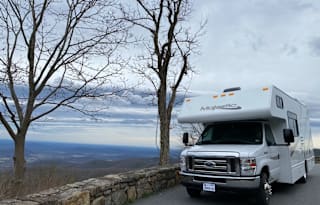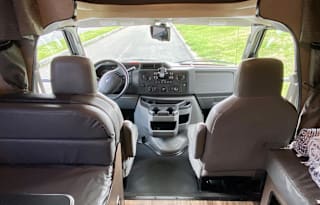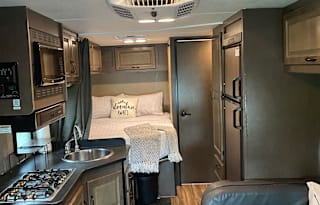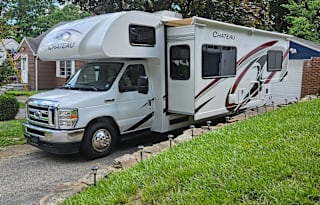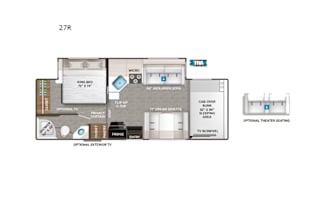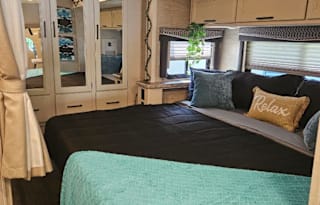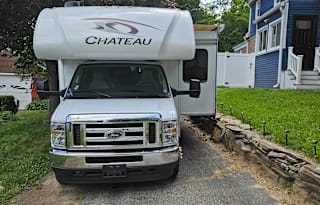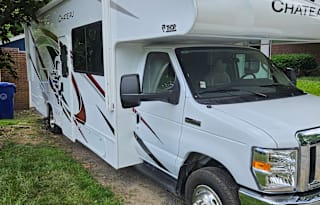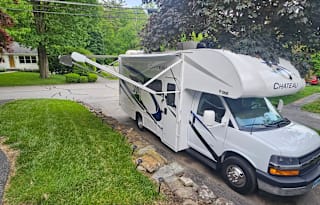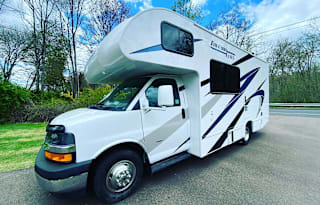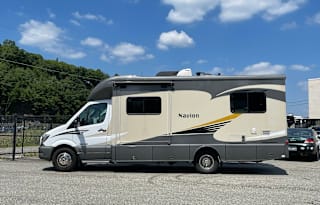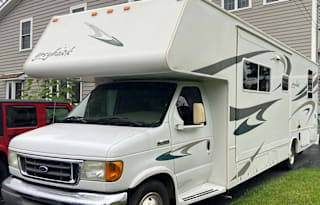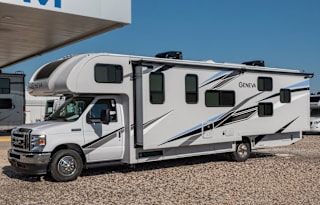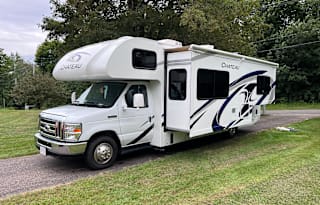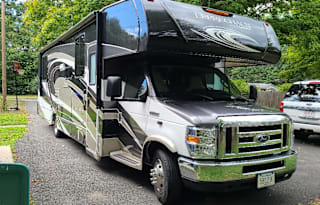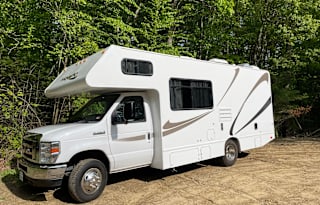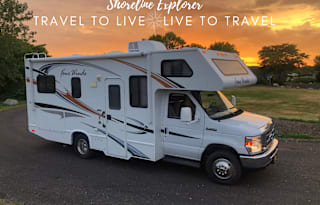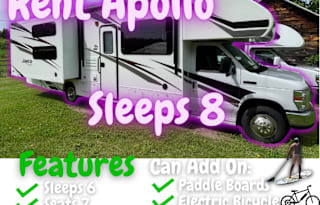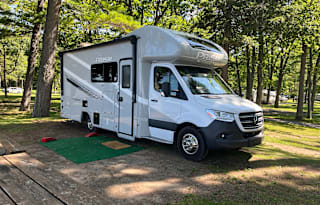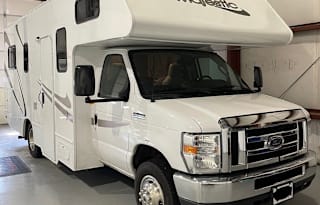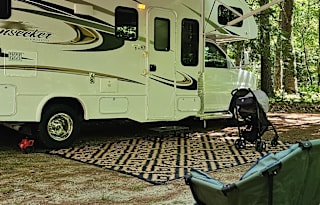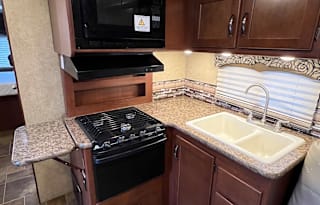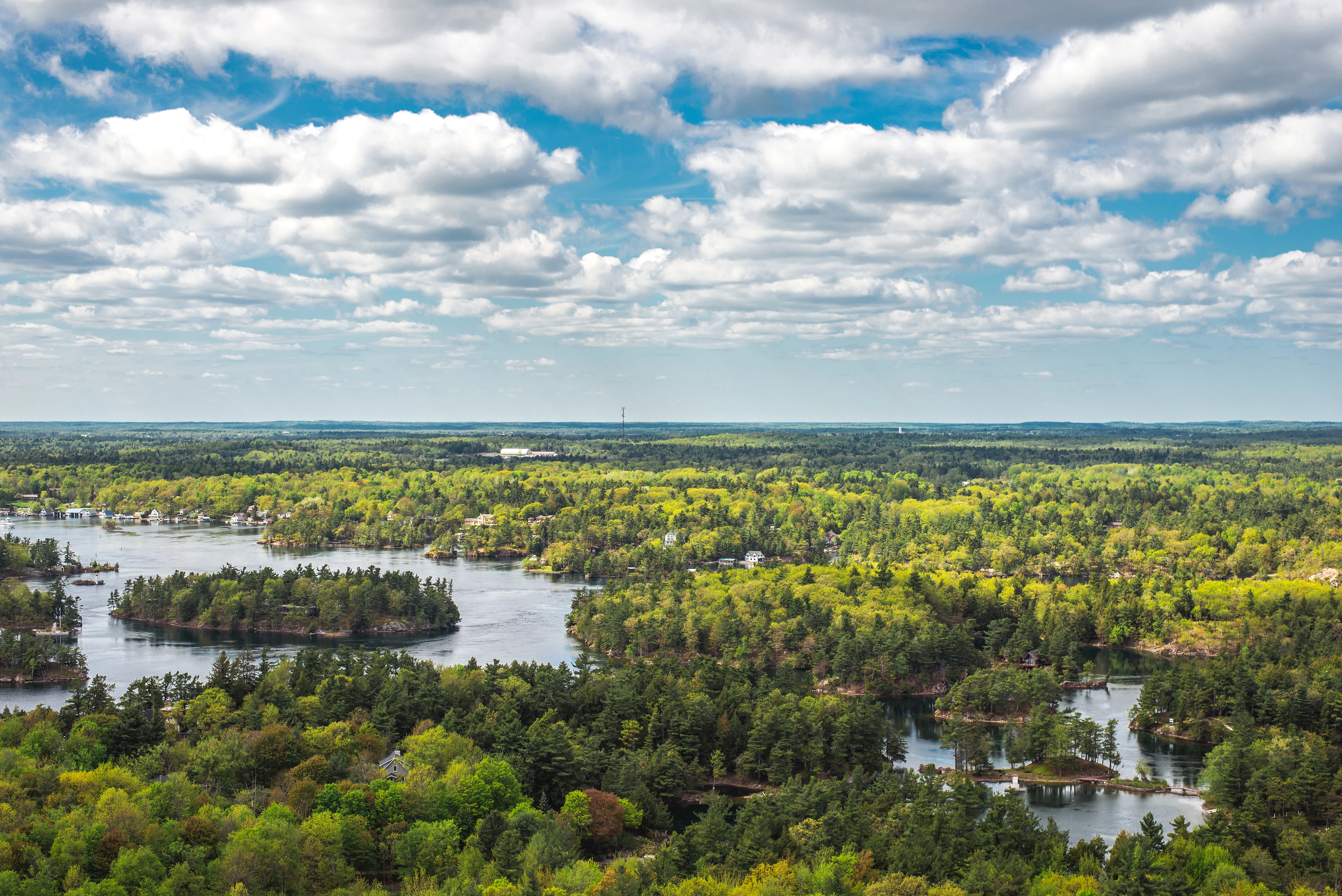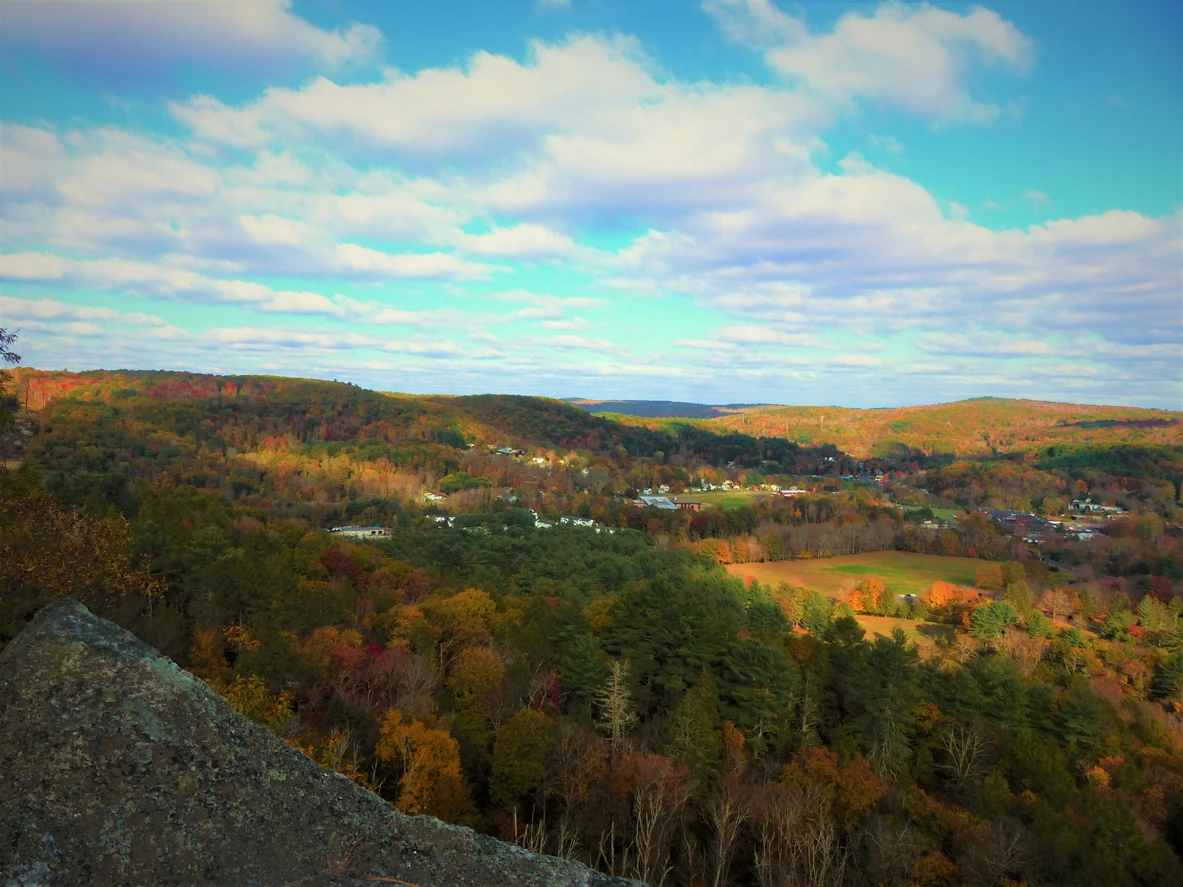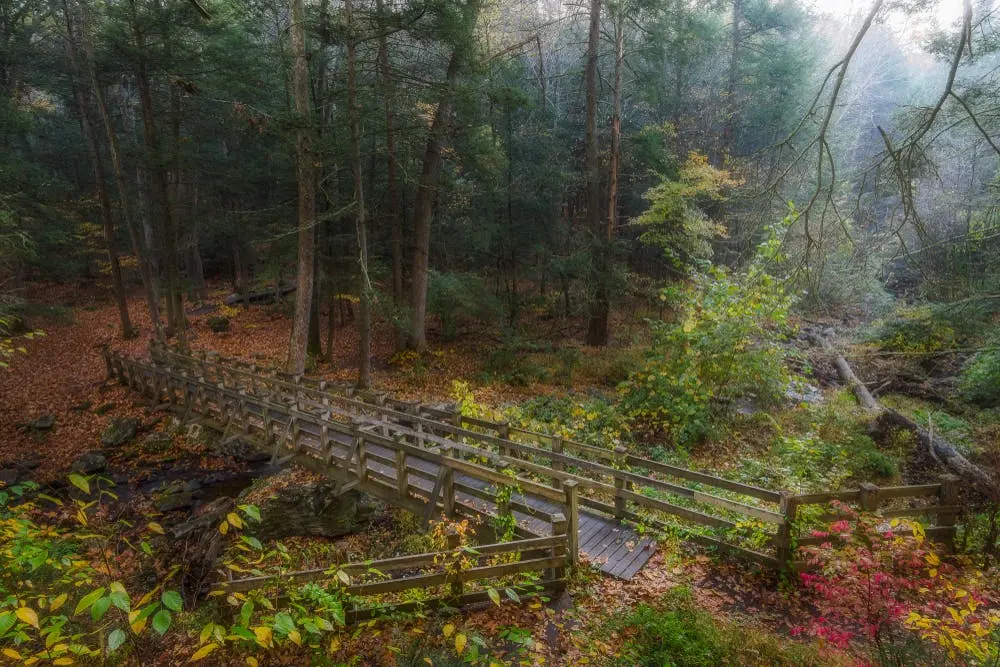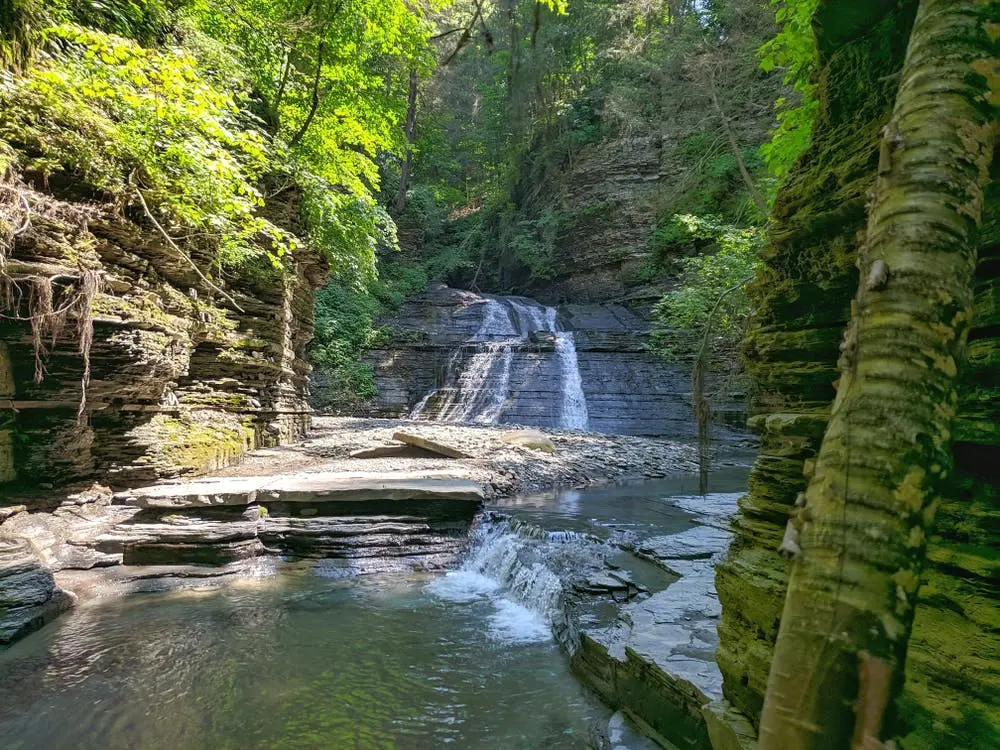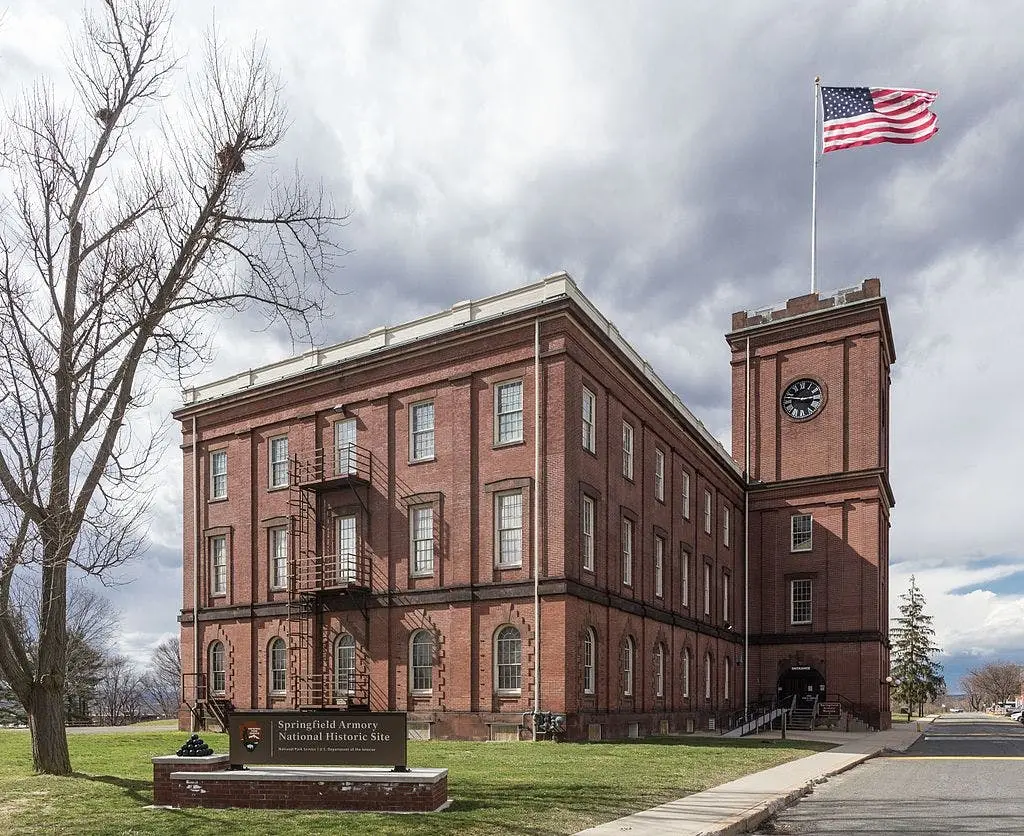


Browse motorhome by RV Class in Connecticut
Browse towable by RV Class in Connecticut
Fifth Wheel
Attaches to a tow vehicle via a gooseneck extension in the truck bedView all Fifth Wheel rentals in Connecticut
Travel Trailer
Trailer options exist for every kind of SUV or pickup tow vehicleView all Travel Trailer rentals in Connecticut
Popup
Can be towed by ordinary passenger vehiclesView all Popup rentals in Connecticut
Toy Hauler
Can be towed by many SUV or pickup tow vehiclesView all Toy Hauler rentals in Connecticut
Popular RV Searches in Connecticut
Cheap
Under $100 per nightView all Cheap rentals in Connecticut
Affordable
$100 - $250 per nightView all Affordable rentals in Connecticut
Luxury
Above $250 per nightView all Luxury rentals in Connecticut
Delivery
Owners that deliverView all Delivery rentals in Connecticut
Pet Friendly
Bring your furry friendView all Pet Friendly rentals in Connecticut
Road Trips Starting from Connecticut
Best National Parks Near Connecticut
While there are no national parks in Connecticut, interstates make it a convenient drive up the Atlantic seacoast to visit Acadia National Park near Bar Harbor, Maine. This park is home to the highest point along the Atlantic Ocean, and there are over 45 miles of carriage roads to explore, along with 16 stone bridges that make for amazing photo opportunities.
Taking the Park Loop Road allows you to visit Sieur de Monts, where you will want to explore the nature center, see the native plant gardens, and go hiking. Then, continue down the road until you come to Sand Beach on the east side of Mount Desert Island. You will want to grab your camera to photograph the stunning landscape at this beach where the rocky shoreline meets the mountains. As you continue forward, you will come to Otter Point, one of the highest Atlantic coastal headlands north of Brazil.
In addition to the shoreline, you will want to explore Cadillac Mountain, the highest point on the East Coast that is accessible by car. While you need to stay on the designated paths, you will want to see the rare plants at this location.
National Forests Near Connecticut
When you rent an RV, you also have the flexibility to visit the places that interest you the most. You'll want to be sure to check out some of the unique Connecticut landmarks:
The Mark Twain House and Museum in Hartford is where Mark Twain spent most of his adult life, and where he wrote "Connecticut Yankee in King Arthur's Court," "The Adventures of Tom Sawyer," and "The Prince and the Pauper," among others.
Dinosaur State Park near Rocky Hill is where over 2,000 dinosaur footprints were discovered accidentally, and you can see many native plants, including over 250 conifer tree species.
Mystic Seaport Museum in Mystic is the largest maritime museum in the U.S., where you can wander through over 60 historic buildings and see vessels from throughout the 19th century.
Mystic Aquarium in Mystic is the only U.S. aquarium with a beluga whale and one of two that has Steller sea lions.
Gillette Castle State Park, partially in East Haddam and partially in Lyme, was the castle home of William Gillette, who is best known for portraying Sherlock Holmes on stage. The state owns the Victorian and Greek Revival mansion, and it is open for tours.
Frequently Asked Questions About Renting a Class C RV Near Connecticut
How do I properly navigate and park a Class C motorhome rental in urban areas or tight spaces in Connecticut?
When navigating and parking a Class C motorhome rental in urban areas or tight spaces, it's important to take your time and plan your route beforehand. Familiarize yourself with the dimensions of the motorhome and the height and width restrictions of the roads you'll be traveling on. When it comes to parking, look for designated spots or parking garages that can accommodate the size of your RV. Always pay attention to signage and be aware of any towing restrictions in the area.
Do I need to know any weight or height restrictions when driving a Class C motorhome rental in Connecticut?
Yes, it's important to be aware of weight and height restrictions when driving a Class C motorhome rental in Connecticut. Many bridges and overpasses have low clearance levels that may not accommodate the height of your RV. Additionally, be mindful of the weight of your vehicle and ensure that you're not exceeding any weight limits on the roads you're traveling.
How do I properly level and stabilize a Class C RV rental at my campsite or RV park, and what equipment or tools do I need for this?
Discuss your specific campsite with the RV owner to determine if any leveling equipment is necessary. If so, they will walk you through how to set it up safely.
What kind of maintenance or upkeep do I need to perform on a Class C motorhome rental during my rental period?
During your rental period you are not responsible for maintenance. Treat the RV with care and maintain cleanliness during your trip.
Can I bring my bicycles or other outdoor equipment to use with the Class C motorhome rental, and what storage options are available for these items?
Yes, you can bring your bicycles or other outdoor equipment to use with the Class C motorhome rental. Many RVs have storage compartments or racks that can be used to store bikes, kayaks, or other outdoor gear. Check with the RV owner to see what storage options are available and how much weight they can accommodate.
What fuel efficiency considerations do I need to consider when driving a Class C motorhome rental, and how can I minimize the impact on my fuel costs?
Class C motorhome rentals are generally less fuel-efficient than smaller vehicles, so it's important to be mindful of your fuel usage. To minimize fuel costs, try to stick to slower speeds and avoid idling or rapid acceleration. Planning out your route ahead of time can also help you save fuel by avoiding unnecessary detours or backtracking.
Can I bring my entertainment equipment or appliances for the Class C motorhome rental, such as a portable grill or music player?
Yes, you can bring your own entertainment equipment or appliances to use with the Class C motorhome rental. However, be sure to check with the RV owner beforehand to ensure that the RV is equipped with the necessary outlets or connections to use your equipment. Additionally, be aware of any safety hazards, such as using portable grills near the RV, and take appropriate precautions.
Are any particular features or amenities available in Class C motorhome rentals that may not be found in other RVs in Connecticut?
The features and amenities available in Class C motorhome rentals can vary depending on the make and model of the RV. Some common features that may be available in Class C motorhome rentals include kitchenettes, bathrooms with showers, and additional sleeping areas. Check with the RV owner to see what features and amenities are included in their particular rental.
How do I correctly set up and use the kitchen and bathroom facilities in a Class C motorhome rental, and do I need to know any specific maintenance or cleaning considerations?
The RV owner will familiarize you with how to use the facilities. Take note of where the water and electrical hookups are located, and make sure to follow any instructions or guidelines provided by the RV owner. When it comes to cleaning and maintenance, be sure to follow proper procedures for disposing of waste and using cleaning products that won't damage the RV's plumbing or fixtures.
